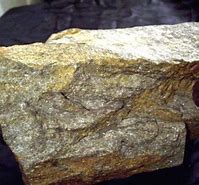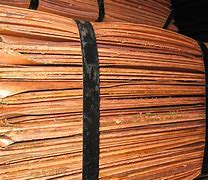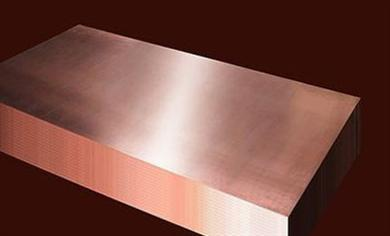**Shielding Your Copper Pipes: The Clear Varnish Solution Explained**
(Can I Put A Clear Varnish On Copper Pipe)
Copper pipes add a touch of warmth to any space. Their reddish-gold glow works in modern kitchens, rustic bathrooms, or industrial-themed rooms. But copper has a quirk. Over time, it reacts with air and moisture. The shiny surface slowly darkens, developing a greenish patina. Some love this aged look. Others want to preserve the original shine. If you’re in the second group, you might wonder: can clear varnish stop copper from tarnishing?
The short answer is yes. Clear varnish acts like an invisible shield. It blocks oxygen and water from touching the copper. This slows down oxidation, the process behind tarnishing. But before grabbing a brush, let’s dig deeper. Not all varnishes work the same. Some might yellow over time. Others could peel or crack. Choosing the right product matters.
First, clean the copper thoroughly. Dirt, grease, or existing tarnish trapped under varnish looks messy. Use a mix of vinegar and salt for light cleaning. For stubborn spots, try a commercial copper cleaner. Rinse the pipe with water afterward. Dry it completely. Even a tiny bit of moisture can ruin the varnish’s bond.
Next, pick a varnish designed for metal. Spray-on polyurethane or acrylic clear coats are popular. They’re easy to apply and dry fast. Brush-on options give more control over thick or uneven surfaces. Check the label for words like “non-yellowing” or “UV-resistant.” These features help the finish stay clear and durable.
Apply the varnish in thin, even layers. Thick coats take longer to dry. They might also drip or wrinkle. Two or three light coats work better than one heavy one. Let each layer dry fully before adding the next. This might take a few hours, depending on the product.
Once done, the copper should keep its bright, metallic look. But remember, varnish isn’t magic. It won’t last forever. Heat, humidity, or physical scratches can wear it down. In high-traffic areas, like under a kitchen sink, you might need to reapply the varnish every year or two.
There’s another thing to consider. Varnish changes the copper’s surface. If you later want a patina, you’ll need to strip the coating off. This involves sanding or using chemical removers. It’s doable but takes effort.
Some people worry about safety. Copper pipes often carry water. Is varnish toxic? Most clear coatings are safe once fully cured. But double-check the product’s specs. Look for terms like “food-safe” or “potable water approved” if the pipes handle drinking water.
What if you change your mind? Maybe the varnish yellows, or you decide you like the aged look. Removing it isn’t too hard. Use fine-grit sandpaper to gently scrub the surface. Follow up with a polish to restore the copper’s shine.
Clear varnish isn’t the only option. Wax or lacquer can also protect copper. Wax needs more frequent reapplication. Lacquer is durable but harder to remove. Varnish sits in the middle—a balance of ease and longevity.
Think about your goals. If you want low maintenance and lasting protection, varnish is a solid pick. If you enjoy polishing copper now and then, maybe skip the coating. Either way, your pipes will keep doing their job. They’ll just look a bit different while doing it.
(Can I Put A Clear Varnish On Copper Pipe)
One last tip: test the varnish on a small, hidden section first. Check for adhesion, clarity, and drying time. This avoids surprises on the main project. Copper’s beauty is timeless. With a little care, you can decide exactly how that timelessness looks.
Inquiry us
if you want to want to know more, please feel free to contact us. (nanotrun@yahoo.com)



